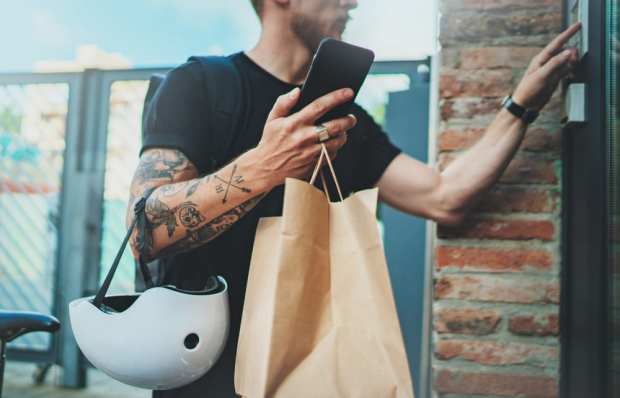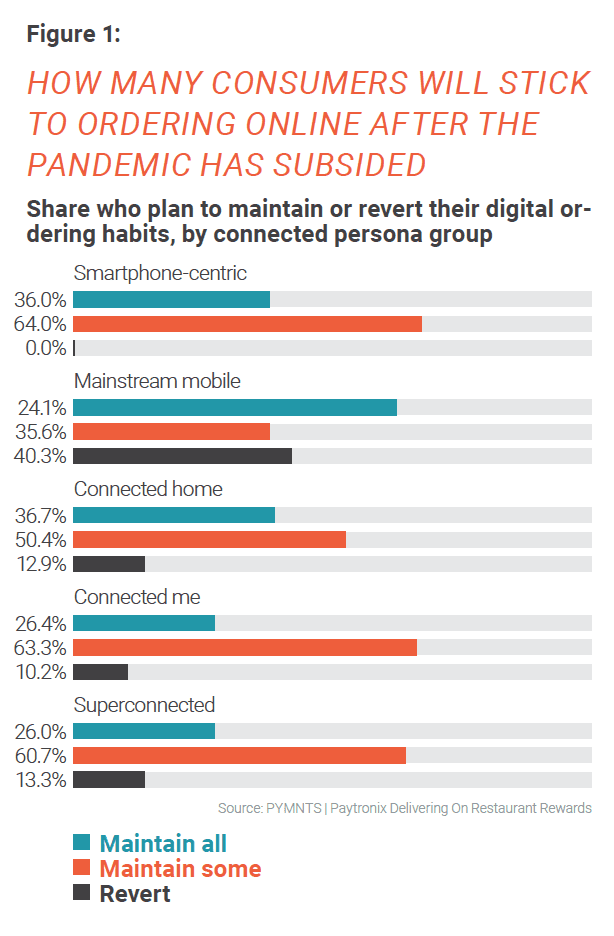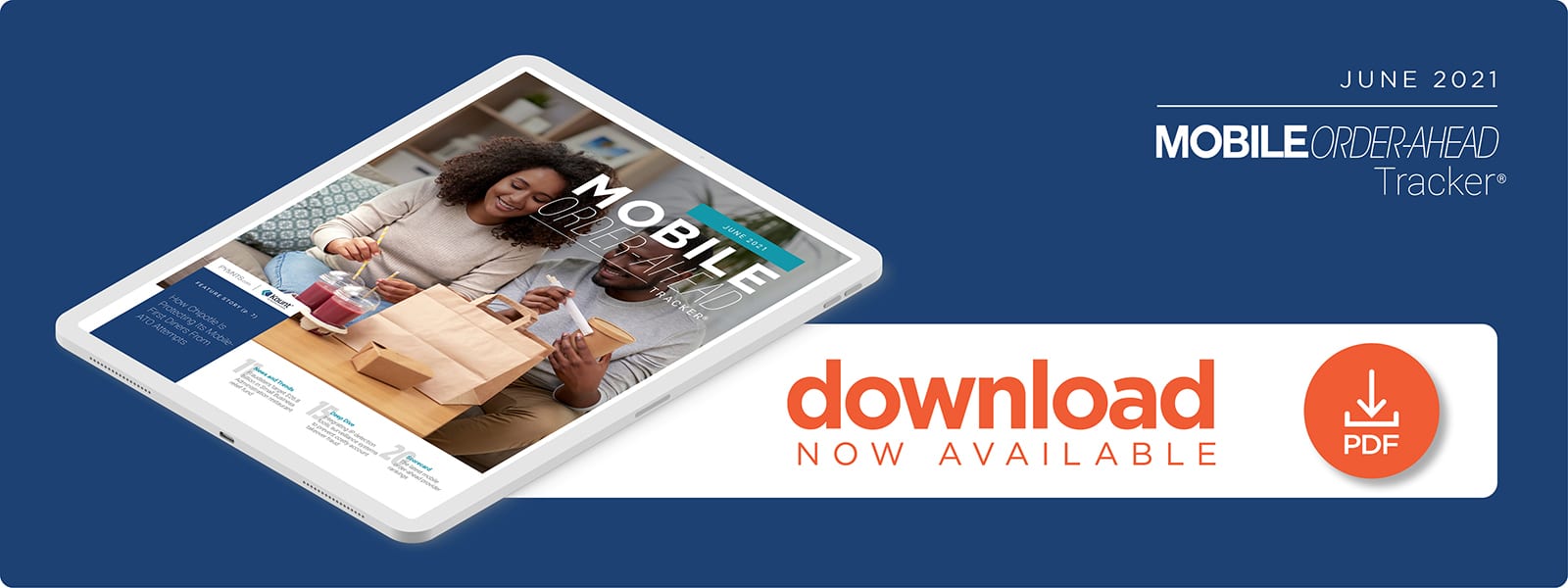Deep Dive: How Integrating IP Anomaly Detection Tools Can Help Prevent ATOs

Mobile order-ahead has soared over the past year as consumers turned to their devices to get their favorite meals and avoid risking exposure. This growth in online ordering has encouraged a record level of fraud by cybercriminals infiltrating customer accounts on food delivery apps and platforms to steal everything from food orders to sensitive identity information. These scams have only added to the mounting pressures and revenue losses that confronted the restaurant industry last year.
Restaurant operators are fighting back by turning to fraud prevention technologies like IP anomaly detection features to keep their platforms and customers safe, while other innovations like integrated surveillance systems have shown immense promise. The following Deep Dive explores the varied tactics that fraudsters deploy against the restaurant industry and details how these emerging tools can drastically reduce the effectiveness of these criminal techniques.
The rise of ATOs
A recent PYMNTS study revealed that the biggest restaurant spenders — and the most enthusiastic about digital food delivery — are those who own the most connected devices, or superconnected consumers. The onset of the pandemic saw nearly twice as many superconnected consumers shift to ordering online as all other consumers, and 87 percent of them plan to maintain some or all of their online ordering moving forward. There appears to be no end in sight to the increase in digital ordering, so fraudsters have much to gain and the restaurant space has much to lose.

Identity fraud in the restaurant space occurs when cybercriminals access food delivery accounts to steal and sell customers’ sensitive data on dark web marketplaces or online messaging apps. Any type of bad actor can gain basic knowledge about how to do this from scores of fraud-themed online how-to forums. Some also monetize the accounts by placing food orders, with 71 percent of ATO attacks resulting in food orders placed.
Fraudsters make three to four orders on average when they do, succeeding with this tactic an estimated 50 percent of the time. Restaurant operators suffer a significant impact, as they not only have to refund the customer and lose that business but also face hefty fines levied by their payment processors.
The global online food delivery market is predicted to rise to nearly $183 billion by 2024. Consumers save much of their personal data in these mobile food ordering apps, from names to email addresses and card information. Data breaches are rampant, with one 2019 DoorDash phishing incident compromising nearly 5 million users’ personal information. Credentials were stolen from DoorDash, Grubhub, Instacart and Uber Eats accounts in 2020 as well, with $56 billion lost to identity fraud.
Integrating IP detection to prevent attacks
Bots that work to steal personal information for fraudsters often use high-risk IP addresses, which solutions like Kount Control’s IP risk capabilities can help to detect and alert brands of suspicious activity. Kount Control leverages ML to identify anomalous attributes. If a higher number of transactions or chargeback velocities are coming from one IP address in a short amount of time, an attack could be occurring. Fraud detection takes place in real time as cybercriminals attempt to take over accounts, which means criminals can be stopped in their tracks and restaurants can prevent the potential loss of revenues and customers’ loyalty.
The ramifications of bot-related attacks are immense. A recent blog post by digital fraud prevention platform Kount reported that with every bot-related attack, there is a 46 percent chance that customer information will be compromised as well as a 46 percent chance that fake customer accounts will be created. Any one of these attacks could result in major business losses.
Savvy managers could also use integrated surveillance cameras to deter costly employee theft and dispute fraudulent customer chargeback claims. These tools can be integrated with existing point-of-sale systems, drive-thru digital menu boards and speed-of-service timers. False positives are greatly reduced with this technology, customer experiences are improved and restaurants have the ability to better protect their already thin margins. Restaurants that hope to gain a competitive edge will want to use emerging technologies such as these to secure customer accounts and capture a bigger piece of surging mobile order-ahead sales.

